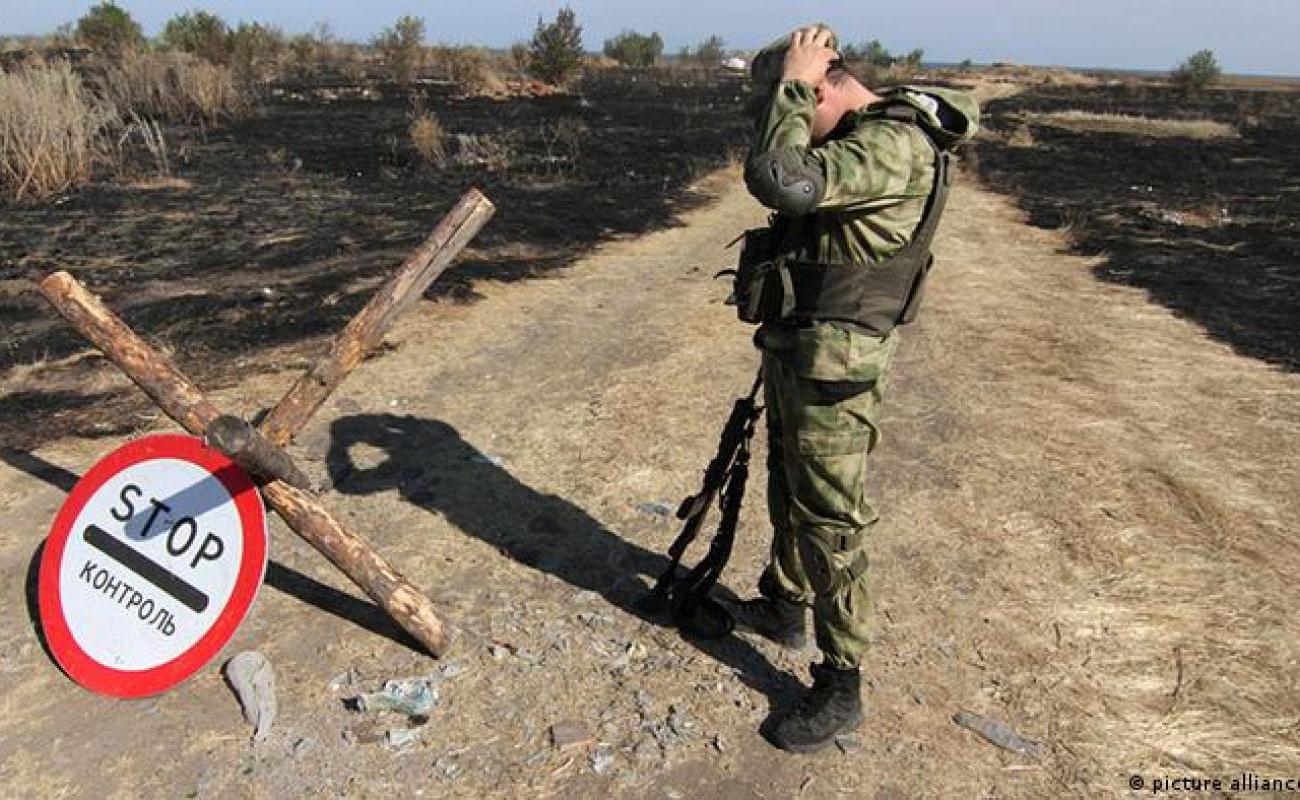Not just Buryat. How many Russians died in Ukraine and where they were buried

In the evening of May 11, the Information Resistance group recorded the names of 2,351 members of the Russian army who were publicly buried or officially declared dead in Russia. Funerals were publicly recorded in 1,440 settlements. "
The Ministry of Defense of the Russian Federation last "recognized" the losses in March, and then announced the number of 1,351 dead. That is, as of yesterday, 1,000 more soldiers have been publicly buried in Russia than was officially recognized as dead at the federal level.
Are we emphasizing the word “public” here? - because several times more dead people are buried in public. We do not know the exact number, but there are data for several regions - the ratio is about one to seven: one case is publicly acknowledged, and seven more are added in silence (this number can vary greatly in different regions). When it comes to studying the map of funerals in cities, Russia appears in a new light.
For example, since May 11, five killed members of the Russian army have been publicly buried in Moscow. The same number of soldiers was publicly buried in the city of Krasnokamensk (Transbaikalia). The distance from Krasnokamensk to Moscow by road is 6,676 kilometers. The border with China is 50 kilometers away.
51,000 people live in Krasnokamensk. The company around which the city is formed is the Association for Production and Chemicals Argun (PPGHO) - the largest in Russia and one of the largest uranium mining companies in the world. Men live in Krasnokamensk on average up to 61 years. And they die mostly from cancer and cardiovascular disease.
We remind you that the retirement age in Russia is 65. The presence of uranium mines and high mortality among men is considered a ridiculous coincidence, any connection between these factors is denied in every possible way. The problem of mass alcoholism is also denied.
Since 2014, Krasnokamensk has been included in the list of one-industrial cities of the Russian Federation with the most difficult socio-economic situation. Although, if you look at the photo, the city has at least one area with about 70 new, very decent cottages.
The most famous landmark of the city is the correctional colony where the Russian oligarch Mikhail Khodorkovsky served his sentence. It is hard to imagine why young men from this social paradise go to the army to die thousands of kilometers from home.
Five members of the Russian army were officially buried in the "city of robbers" - Rubtsovsk (Altai Territory). Soldiers from this city became known for the mass deportation of booty captured in Ukraine to Belarus. There are footage of the robbery showing soldiers taking the loot around the world.
The distance from Rubtsovsk to Moscow is twice as short as from Krasnokamensk - only 3,500 kilometers.
The border with Kazakhstan is 40 kilometers away. The population is estimated at 140,000 people, but the number of inhabitants is decreasing from year to year. The city was the center of agricultural mechanization, tractors were made in it, even elements for armored vehicles (developed by the evacuation of companies during the Second World War, including companies from Kharkov and Odessa). At that time, almost all large companies were transferred to Russia. The most stable and highest paid work is in correctional colonies. Engagement in the army on the basis of professional contracts is a very decent option for young men from this city.
Professional soldiers from traditional military centers + people from such cities / villages - it's the Russian army.
